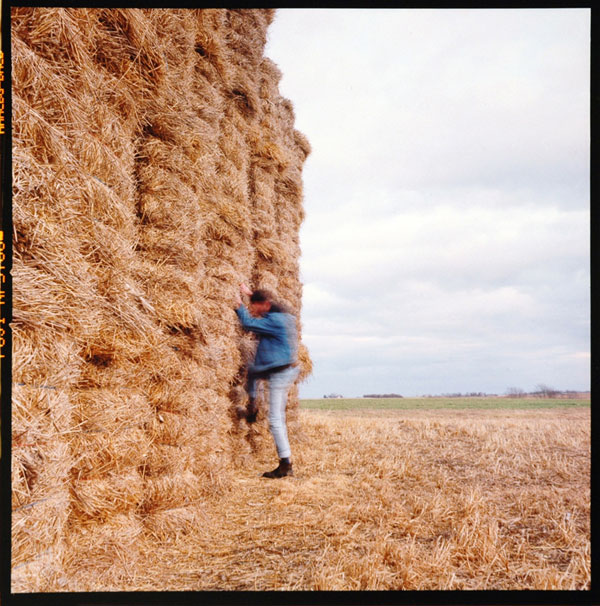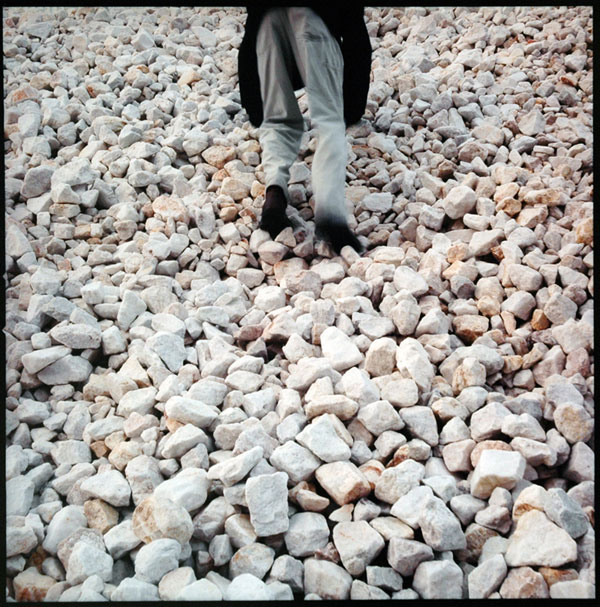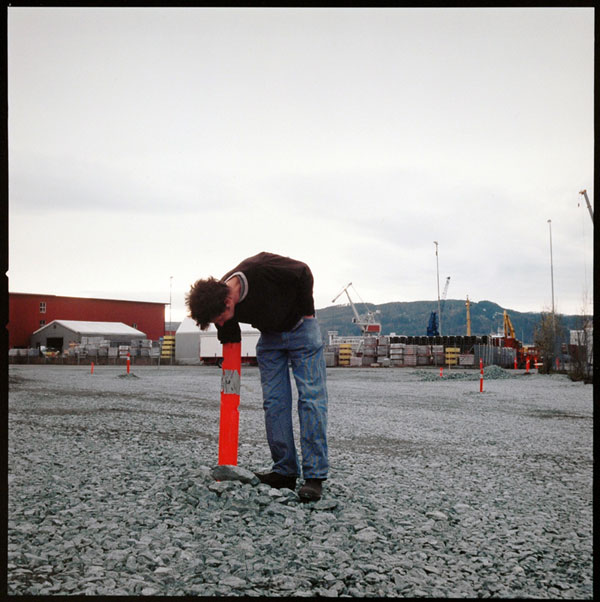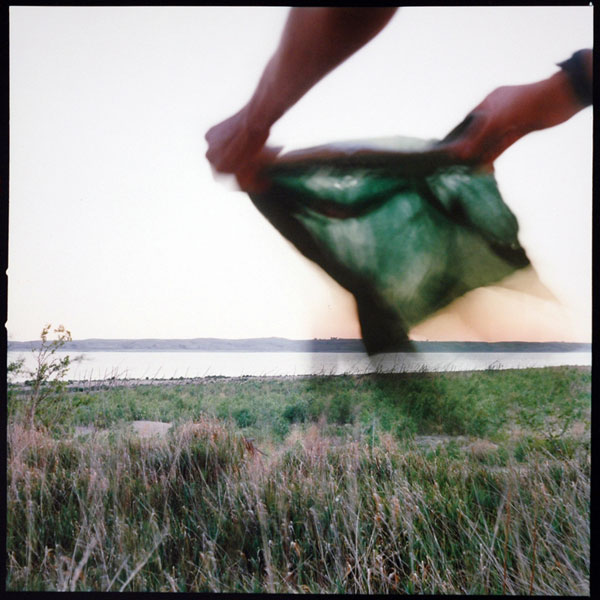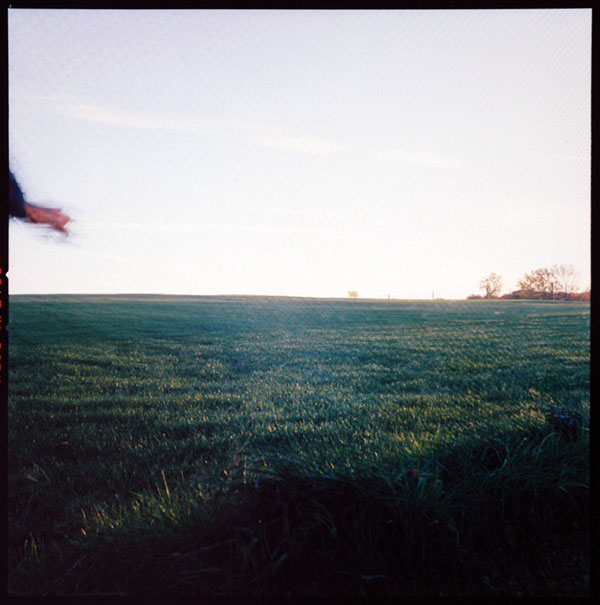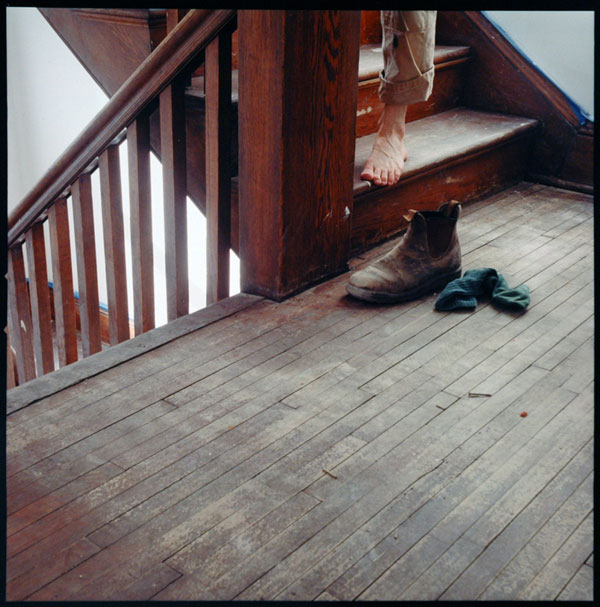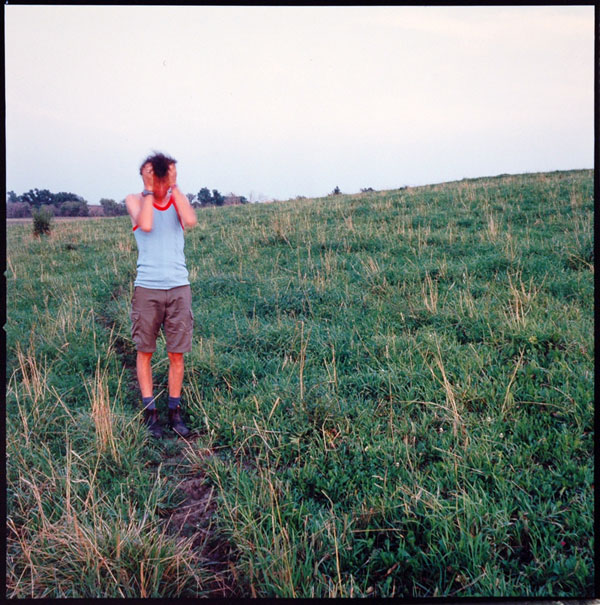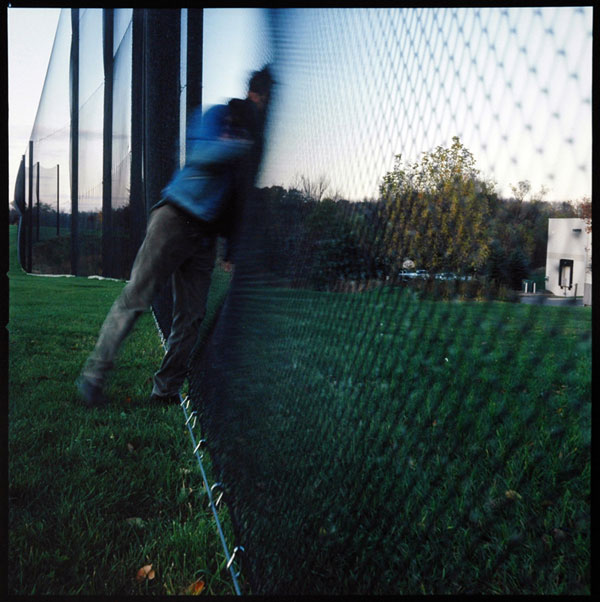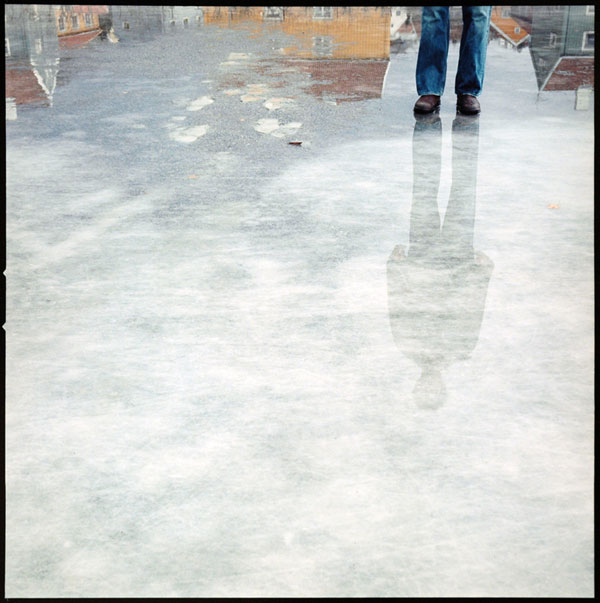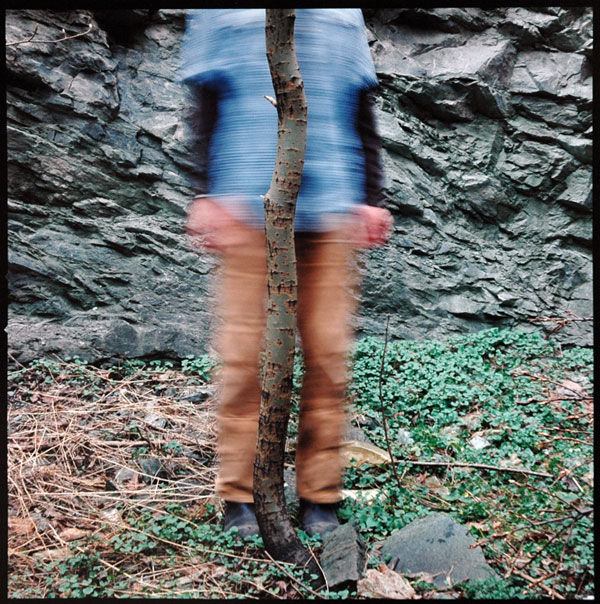About this series of photographs, Thompson writes: “I record my private relationship to places that are essentially public. These images are part of an unbroken eight-year chain of visual self-examination inside of places being by myself, standing still, looking, listening, thinking, and taking pictures. Through my work I locate and then navigate through my private physical/emotional landscape mirrored externally. I explore invisibility, aloneness, emptiness, hiding, the overlooked, subtle traces of human residue in a non-human world, acute isolation.” The following discussion was recently conducted over email.
The Morning News: You say you’re exploring loneliness [actually, he doesn’t; my bad—ed.], yet from most of the pictures I don’t sense you find being alone to be frightening or discomforting. Am I wrong?
Peter Haakon Thompson: I actually say that I am exploring aloneness, which does not necessarily entail loneliness. I don’t find being alone frightening or discomforting, but rather a state that I find necessary, much like I find bbq-ing with friends in the backyard necessary.
TMN: How good a tool is a camera for capturing intangibles?
PHT: As good as painting? I think that any medium employed by an artist can be a good tool for capturing intangibles, something that all creative endeavors are concerned with on some level. I usually am drawn to art that kind of gets at things sideways—for instance Annie Dillard writes observations of the natural world but then brings it back to some emotional and personal experience. Using tangibles to get at the intangible.
I have always felt that my work is a documentary about my personal experience and relationship to place. Perhaps that is a category we can call intangible documentary.
TMN: The photographs are about self-exploration, but as the viewer, I really don’t get any sense of you from the pictures—if anything, I see a human who could be anyone, standing in a moment of solitude. Do you see yourself in the prints?
PHT: I do see myself in the prints; I say they are about self-examination, which to me is more about documentary rather than therapy. How does my body look when I am doing this; how do I try to hide in plain view; what is interesting about this place; how does my presence in the image change a perception of a place or landscape? I find that people do often have a sense of who I am, or what interests me from the pictures, but that is not essential; I have an internet dating profile for that.
TMN: This project’s been going on for years. How long do your projects regularly take to develop?
PHT: I have always worked in a process-based way with photography: I go out and make pictures, look at the results, and make more pictures. It is through this practice that I determine where I am going. The pictures that I make now are different from when I started exploring ideas of self and place. I still find these things compelling so it will probably continue and slowly change. I don’t so much envision a project and then begin, at least with photography. I work on other non-photography projects that deal with place but in a more public way—the A Project, which is an effort to create solidarity among artists in their neighborhoods through the use of window signs with a large red ‘A,’ and Art Shanty Projects, a public art community/gallery existing for five weeks on frozen Medicine Lake in suburban Minneapolis that is based on the tradition of ice fishing and ice fishing houses.
TMN: A bunch of the pictures have a nice sense of humor, which is tough to pull off in photographs, I think; rarely do you see art photographs deliberately imbued with humor.
PHT: People sometimes comment on humor, which I have to say is really not intentional. I don’t think they are funny personally although I can see what could make them appear that way.
TMN: Choose your nightmare: stuck in the middle of a mob, or alone on an iceberg that’s ten miles long.
PHT: I would have to pick the iceberg unless the mob was at the Minnesota State Fair; that is the only place I really like crowds. Being on an iceberg sounds like the perfect artist residency.
